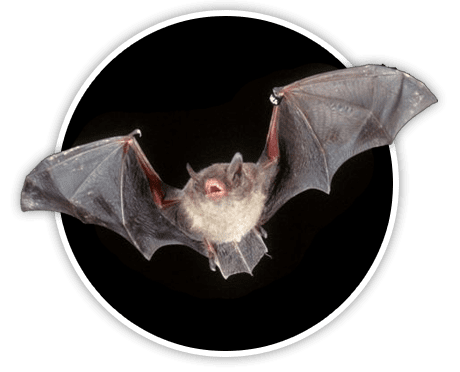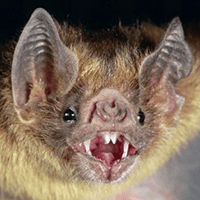 Since our founding in 2000, Great Rivers Greenway has been tasked with making the St. Louis region a more vibrant place to live, work and play by developing a network of greenways to connect people to their rivers, parks and communities. Part of that mission, and public mandate, includes protection of our environment and local ecology. As such, many steps are taken during the greenway design and construction process to minimize and remediate the environmental and ecological impact of our trail network.
Since our founding in 2000, Great Rivers Greenway has been tasked with making the St. Louis region a more vibrant place to live, work and play by developing a network of greenways to connect people to their rivers, parks and communities. Part of that mission, and public mandate, includes protection of our environment and local ecology. As such, many steps are taken during the greenway design and construction process to minimize and remediate the environmental and ecological impact of our trail network.
While we want people to live more of their lives outside, we don’t want to harm any native creatures in the process as each provide benefits to the natural ecology of the region.
Bats, in particular, provide incredible benefit to ecosystems. They help control pests by eating insects. They also pollinate flowers, and can help spread the seeds of trees and other plants.
Missouri is home to 15 species of bats, many of which live and thrive along the waterways that parallel many of our greenways. Sadly, a few of these bat species – including the Indiana Bat, the Gray Bat, and the Northern Long Ear Bat – are on the list of federally endangered animals.
Gray Bat Facts:
Federally endangered species in Missouri.
Hibernate and summer in caves. May not be the same cave. But the only Missouri bat that inhabits caves all year.
Hibernation lasts from October through April.
Feed on flying insects over water or in riparian vegetation.
Indiana Bat Facts:
Federally endangered species in Missouri.
Summer habitat consists of wooded vegetation with snags, hollow depressions, or loose bark.
Feed on insects around tree canopy and over open water.
Hibernate in caves or mines.
Northern Long Ear Bat:
Federally threatened species in Missouri.
Hibernates primarily in caves during the winter.
Utilize hollow trees for maternity roosts during the summer months.
Forage for insects within wooded hillsides and ridges.
While bats are often thought of as living in caves, in truth, many bat species spend much of the year living in forests. These bats make their homes in hollow trees and under flaky bark during the summer months, feeding on insects along streams and creeks and around tree canopies.
This presents a challenge for trail construction through wooded areas, particularly in areas where endangered bats are known to frequent. Such was the case with two recent greenway projects – the extension of the Fee Fee Greenway from McKelvey Woods to Creve Coeur Lake Memorial Park and the extension of the Mississippi Greenway within Cliff Cave County Park.
Thankfully, these bats do not spend the winter months in trees. Instead, they prefer to inhabit caves and mines while they hibernate through the colder parts of the year. This provides us with a window of opportunity.
While our bat friends are sleeping snug in their caves, we remove any necessary trees between November 1 and March 31. To aid this process, we conduct tree assessments of any projects that may potentially impact bat populations. These assessments identify any tree along the planned route that may serve as a potential bat roost. Whenever possible, trees with flaky bark and hollow areas are avoided. Unfortunately, there are times when geographic features provide very little wiggle room. In such cases, tree removal is unavoidable. But by scheduling this work during a time of year when the bats are safe in their caves, the impact on their population is minimal.
